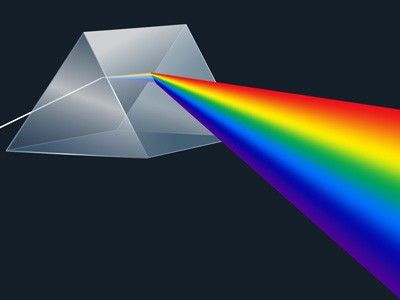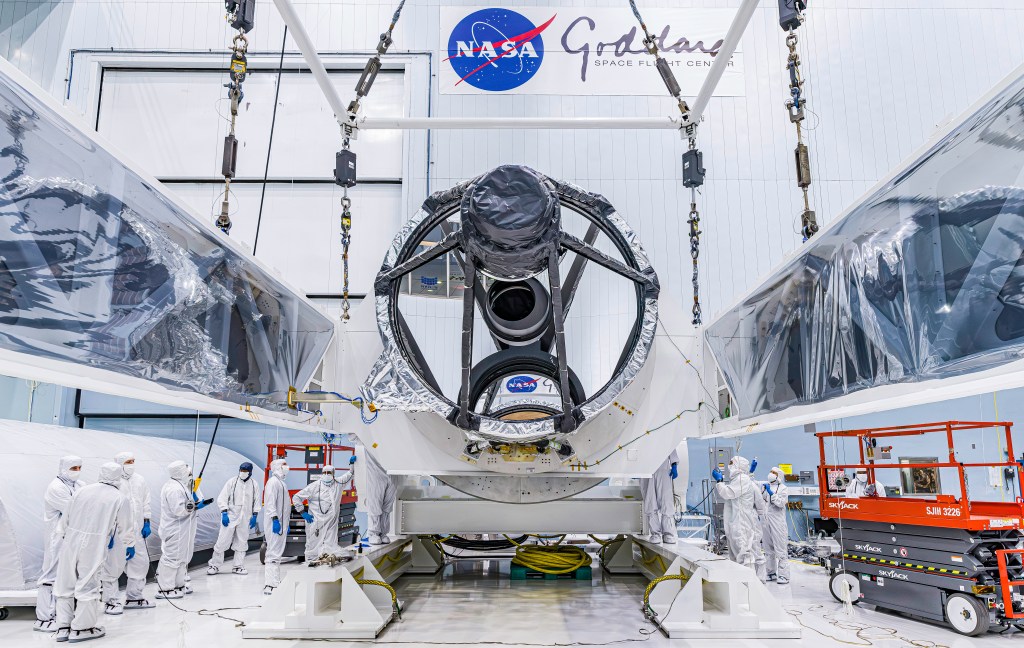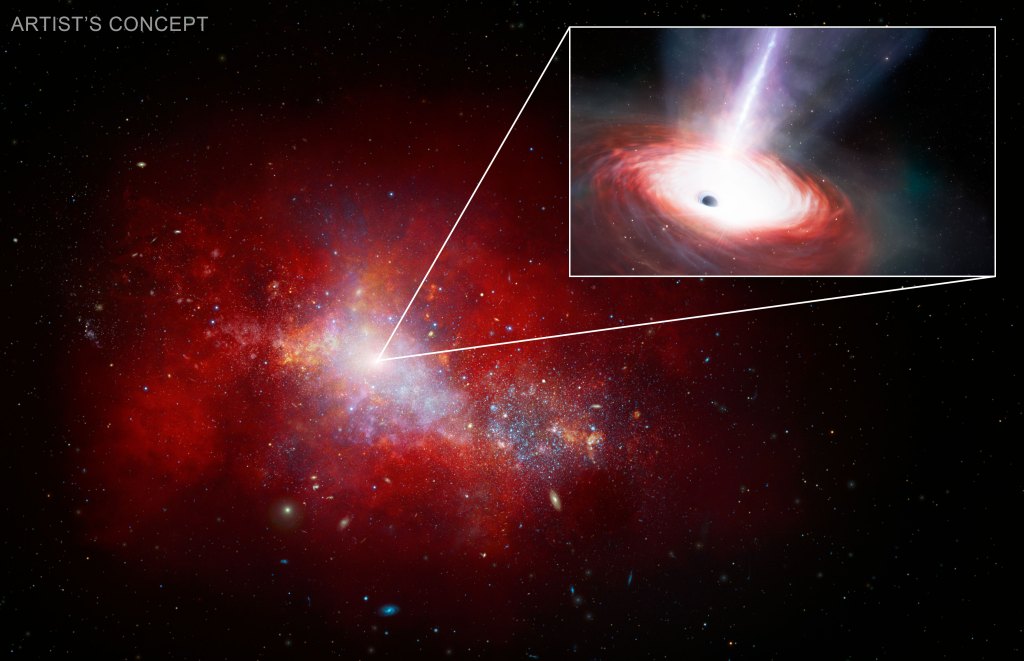About ISECG
Together with 26 other space agencies, NASA participates in the International Space Exploration Coordination Group (ISECG) to advance human exploration of the solar system.
ISECG is a non-binding forum in which participating space agencies share information about their space exploration plans, objectives, and interests with the goal of strengthening individual agency exploration programs and collective efforts. ISECG was established in 2007 in response to “The Global Exploration Strategy: The Framework for Coordination,” developed by 14 space agencies. This document articulated a shared vision of coordinated human and robotic space exploration focused on destinations where humans may one day live and work.
Since then, ISCEG has grown to include 27 international space agencies (in alphabetical order by English-language abbreviation): the Brazilian Space Agency (AEB); Mexican Space Agency (AEM); Australian Space Agency (ASA) & CSIRO; Italian Space Agency (ASI); National Centre for Space Studies (CNES) (France); China National Space Administration (CNSA); Canadian Space Agency (CSA); German Aerospace Centre (DLR); European Space Agency (ESA); Geo-Informatics and Space Technology Development Agency (GISTDA) (Thailand); Indian Space Research Organization (ISRO); Japan Aerospace Exploration Agency (JAXA); Korea AeroSpace Administration (KASA); Luxembourg Space Agency (LSA); National Aeronautics and Space Administration (USA); State Space Agency of Ukraine (NKAU); New Zealand Space Agency; Norwegian Space Agency (NOSA); Polish Space Agency (POLSA); Portuguese Space Agency; Romanian Space Agency (ROSA); State Corporation for Space Activities “Roscosmos” (Russia); State Secretariat for Education, Research, and Innovation (SERI) (Switzerland); United Arab Emirates Space Agency (UAESA); United Kingdom Space Agency (UKSA); and Vietnam National Space Center (VNSC).
ISECG Products and Resources
ISECG publishes a variety of reports, technology assessments, and white papers, including a recent overview of the benefits of space exploration. ISECG’s flagship product is the Global Exploration Roadmap (GER), a coordinated vision for long-term human and robotic exploration of the solar system. The GER is a non-binding document in which participating space agencies share their exploration plans and architectures to foster coordination and opportunities for partnerships.
The 2024 edition of the GER conveys international support for the expansion of humanity’s presence in the solar system. Worldwide space exploration programs are evolving rapidly, with more and more countries flying missions. The roadmap articulates a common vision for space exploration through 2050, focusing on the priorities of participating ISECG agencies. It begins with foundational activities in low Earth orbit (LEO), covers intensifying exploration human and robotic activities on and around the Moon, and discusses preparation for initial human exploration of Mars. This edition of the roadmap presents an update to the overall exploration mission scenario and participating agencies’ national exploration architectures and summarizes upcoming and planned missions. It also discusses other destinations in the solar system, the synergy between robotic and human exploration activities, exciting work by emerging space agencies, the scientific questions that space exploration aims to answer, the growing role of commercialization in spaceflight, and efforts to develop the technologies that enable increasingly ambitious missions.





























